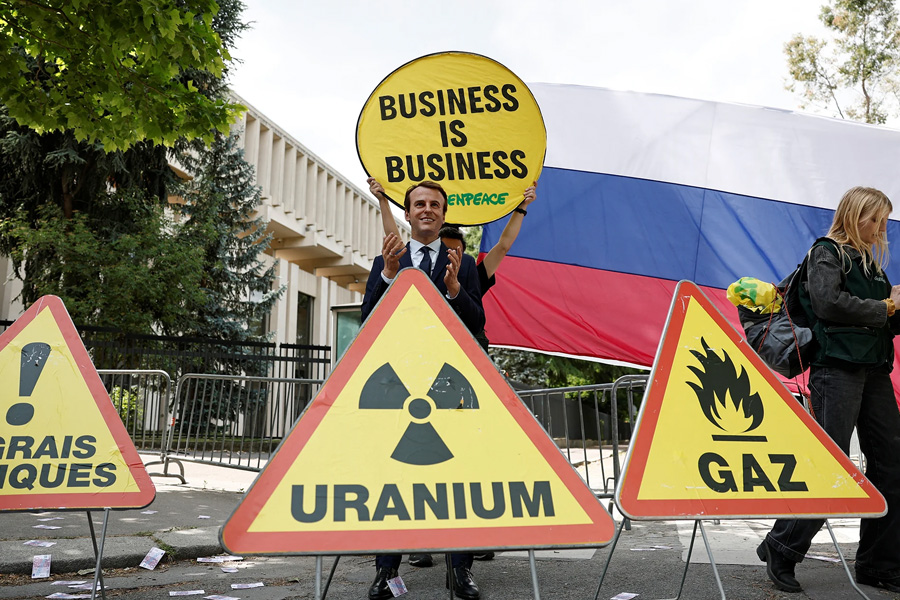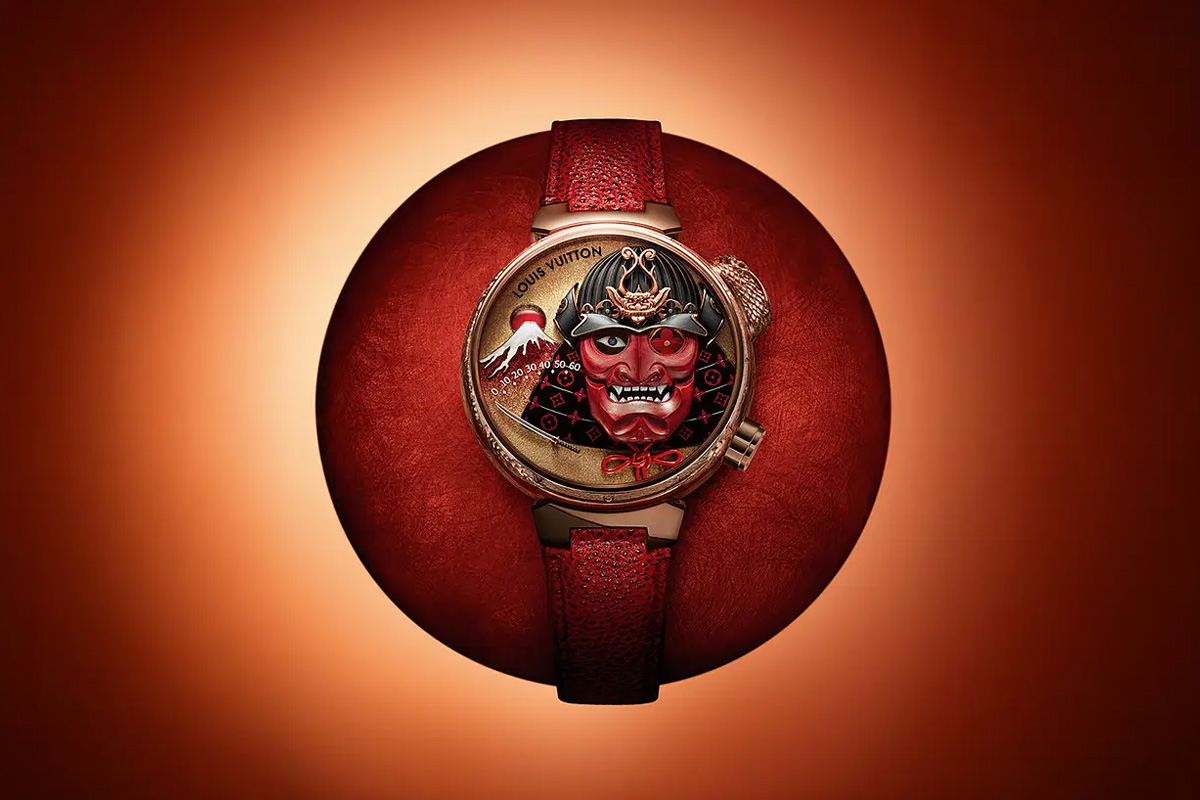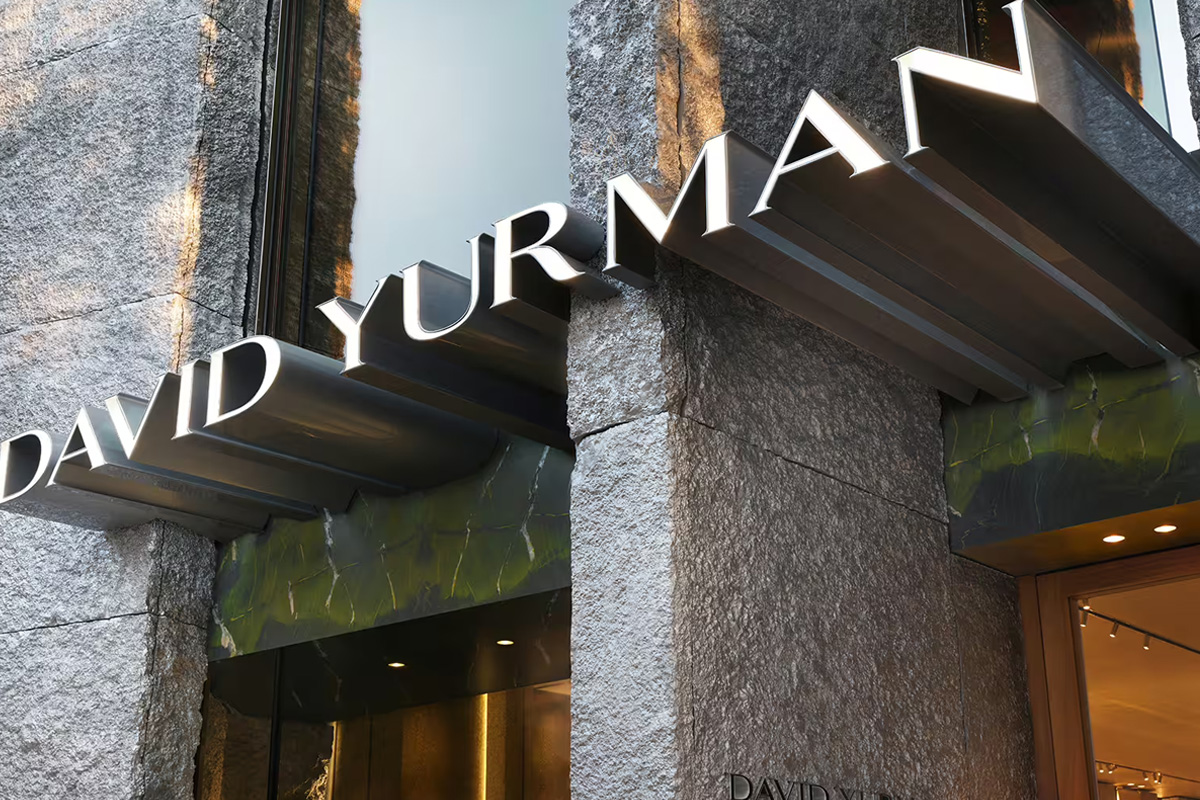The Vanishing Macron Statue A Symbol of Power Protest and Prestige
This week in Paris’ hallowed halls of art and protest, a singular act captured the world’s gaze. Greenpeace activists removed French President Emmanuel Macron’s wax likeness from the prestigious Musée Grévin, boldly placing it outside the Russian embassy in an art-meets-activism spectacle. Beneath the surface of this compelling story lies a deeper narrative of power, spectacle, and secrecy that resonates profoundly within the elite art world.

More pertinently, for the one percent who collect art as a nexus of cultural capital and political expression, the clandestine fate of this statue begs the question—is its value now destined to ascend to rarified heights because of its sudden notoriety?
The Art of Protest
Paris, a city synonymous with revolution and cultural grandeur, offered the perfect backdrop for what could only be described as a theatrical collision of art and activism. Greenpeace, renowned for their bold climate actions, co-opted Macron’s wax figure in what was both a protest and an audacious art statement. Their message was clear and cutting, condemning France’s ongoing economic ties with Russia despite its outward support for Ukraine.
This was no ordinary demonstration. France reportedly imported €377 million ($430 million) worth of Russian liquified natural gas in January 2025 alone and continues its cozy engagement with Rosatom, Russia’s state nuclear agency. The activists’ banner outside the embassy declared, with biting irony, “Ukraine is burning, business goes on.” It was a moment not only of moral critique but also a reframing of how cultural symbols can be deployed to challenge entrenched power structures.
For the One Percent Art Meets Activism
For Ultra-High-Net-Worth Individuals (UHNWIs), this protest represents more than an eye-grabbing headline. It reflects a trend that has begun to alter the landscape of elite art collection. Art once mainly valued for its aesthetic beauty or historical significance is now being reexamined as a medium to foster values-driven narratives. The Musée Grévin’s wax portrayal of Macron, originally intended as a static tribute, was transfigured into a symbol of geopolitical hypocrisy by its forced relocation.

Within the cloistered circles of collectors and connoisseurs, this act raises compelling questions. Is this protest-driven transformation of the statue a stroke of performative genius? Has it bestowed a layer of intangible value that shifts it from the domain of collectible memorabilia into a politically charged objet d’art?
A New Form of Prestige
Art collectors have long appreciated pieces with stories, with provenance weaving a narrative that enhances the emotional and economic value of an object. For both sovereign patrons and private collectors, owning a piece of art becomes a matter of legacy, where materials, history, and often controversy converge to create a singular artifact filled with cultural gravitas.
The audacious relocation of Macron’s wax figure has, quite literally, moved it from a static exhibit to a dynamic conversation starter. Its tale now involves geopolitics, climate action, and the delicate web between France and Russia. For the discerning collector with a penchant for cultural diplomacy, such richness of narrative could augment its cachet.
The Mystery of Value and the Allure of Secrecy
Perhaps what contributes most to the mystique of Macron’s wax statue is the cloak of uncertainty surrounding its current fate. At the time of writing, its whereabouts remain unknown. Has it been safely returned to the Musée Grévin, or is it hidden somewhere, poised to reemerge in another act of subversive protest or artistic display?

To UHNW individuals, secrecy alone can be a potent allure. It elevates the object above the ordinary, lending it an aura that transcends its material composition. A wax statue, after all, is but painted paraffin, yet its disappearance transforms it into a coded artifact that captures the imagination. Like missing works from the Isabella Stewart Gardner Museum heist or Van Gogh’s stolen revolver, Macron’s wax effigy may one day occupy a similar space in the upper echelons of symbolic artifacts with financial and cultural heft.
Art Risk and Legacy
But here lies the duality. For every collector who may whisper their desire for such an artifact, aware of its political ramifications, there exists the social risk. To display such a divisive object in a salon or gallery could be perceived as tacit endorsement of geopolitically charged narratives. Are today’s UHNW collectors willing to take that risk, knowing that art is no longer merely a private joy but public discourse?
There’s precedent for the wealthy elite standing at the crossroads of art and activism. Private collectors have funded politically charged exhibits and innovative, energy-conscious art displays. Yet, as younger, impact-conscious generations of patrons rise, aligning acquisitions with the moral zeitgeist becomes paramount.
Safeguarding Artistic Integrity Through Philanthropy
Philanthropic foundations might find themselves as the ideal mediators of such transitions. Institutions acting under the guise of modern values advocacy can not only preserve such charged artifacts but contextualize them thoughtfully, using their histories to engage communities and spark meaningful dialogue.
A Transformative Moment
Ultimately, the Macron wax figure’s saga encapsulates a deeper friction between traditional legacy, modern activism, and the evolving nature of cultural artifacts in an interconnected world. This story is part of a long history where art, history, and politics collide, reflecting larger movements in global affairs and international relations. It is a reminder of how artistic protest, from protest art during the civil rights movement to modern examples addressing climate change, has consistently been a tool for social change and activism.
This wax figure, like protest art created by hundreds of thousands of artists globally, highlights the critical role of art in responding to conflict, geopolitics, and society’s most pressing challenges. In an age shaped by recent events, such as the rise of renewable energy efforts and the urgency to address global conflict, art becomes more than a cultural artifact—it becomes a negotiator of power, a spark for social movements, and an advocate for justice and human rights.
For businesses, cultural institutions, and sovereign patrons, this saga offers valuable insights into how art intersects with public opinion, democracy, and global politics. Whether inspired by movements like the cold war or tied to themes of war, human rights, and political activism, art cannot exist in isolation from its environment. It engages with threats, economies, communities, and governments, reflecting the interests and conflicts of the world at large.
From sculptures in public spaces to paintings addressing trade, investment, and resources, art has the power to discuss critical ideas, challenge organizations, and support innovation. The Macron wax figure becomes an example of how museums, governments, and society at large must respond to the rise of new school movements and focus on the dynamic relationship between culture and the times we live in.
Art’s value lies in its ability to engage with society, providing tools to navigate decades of change, power struggles, and global concerns. It reminds us that art is never just art—it is a reflection of humanity’s complex stories, from the middle east to Latin America, and from York to America’s cities. In the context of history, politics, and activism, art continues to be inspired by and influence the movements, threats, and ideas that shape the world. Therein lies its true value, its urgency, and its undeniable power.
LATEST
POPULAR





